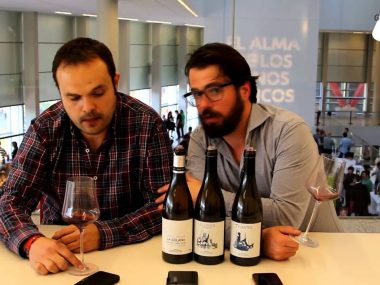Sparkling wines are wines that retain a significant amount of diluted carbon dioxide (CO2) when they are finished. Carbon dioxide is what generates the bubbles that are so characteristic of sparkling wine.
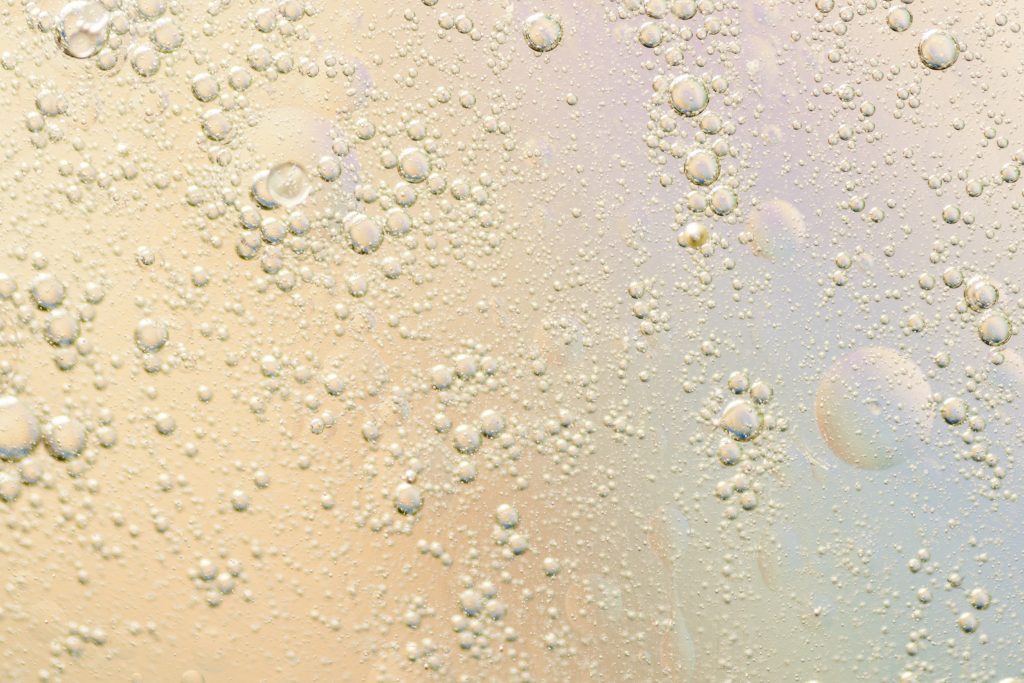
Two main groups of sparkling wines: carbonated and natural
Based on the way in which the bubbles are obtained, we can divide sparkling wines into two groups: Those that obtain their bubbles thanks to a process extrinsic to the wine and those that extract them from the wine itself.
With regard to the first group of wines, which are called sparkling gasified wines, the process is industrial and consists of injecting chemical carbon dioxide into a still wine in a pressurised tank. This is the most elementary and cheapest way of obtaining bubbles, and the result is wines of lower quality.
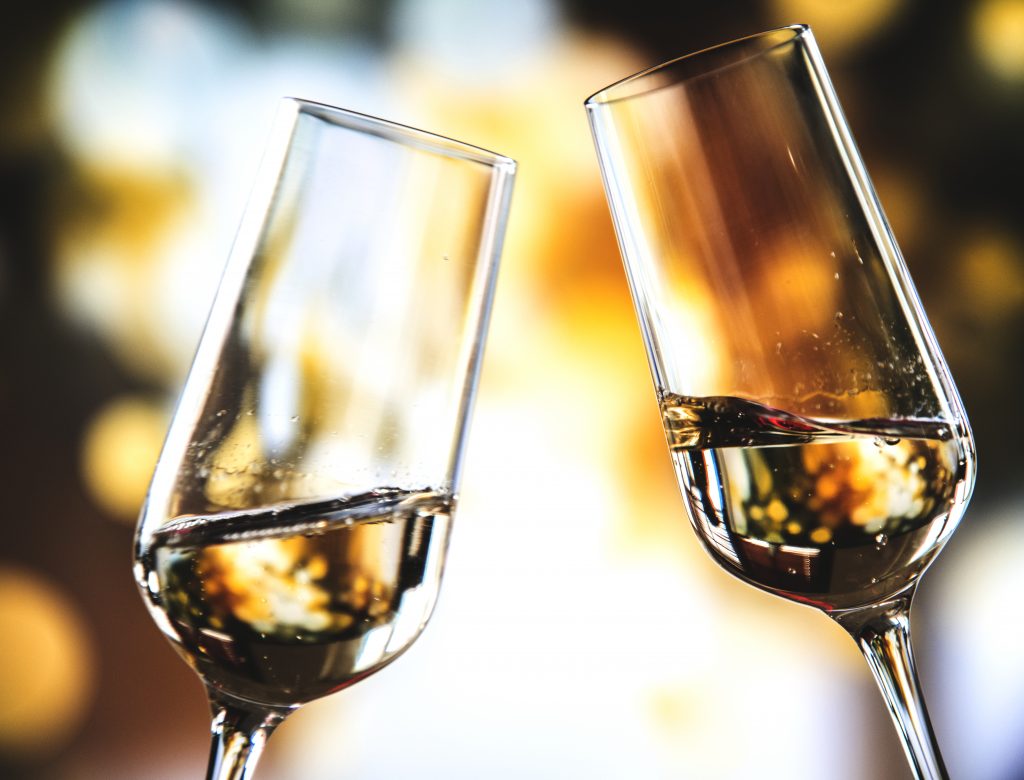
The second group of wines are natural sparkling wines, as much more complex physical or biological methods are used to obtain the bubbles from the wine itself. For this purpose, different production methods can be used which, in general, involve two alcoholic fermentations.
The first fermentation allows us to obtain a still wine, which will serve as a base and, with the second fermentation, the carbon dioxide necessary for the bubbles. Finally, certain techniques allow this carbon dioxide to be dissolved under pressure.
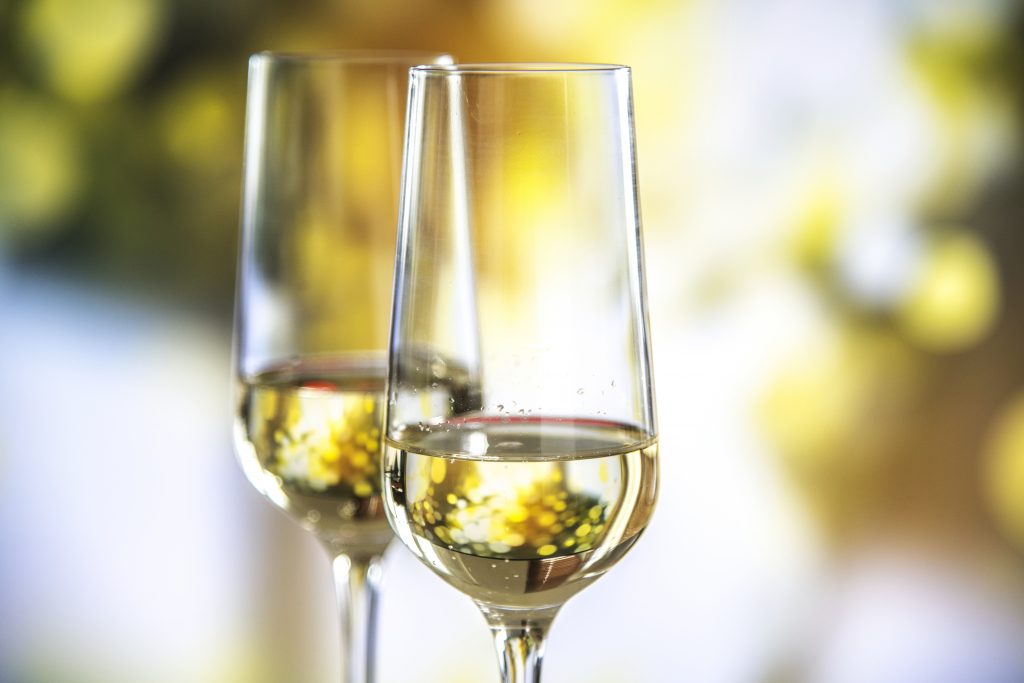
The first fermentation allows us to obtain a still wine, which will serve as a base and, with the second fermentation, the carbon dioxide necessary for the bubbles. Finally, certain techniques allow this carbon dioxide to be dissolved under pressure.
The elaboration methods used both to generate and to dilute the carbon dioxide will mark the differences in price and quality of sparkling wines, as we will obtain different sizes and consistencies of the bubbles, although, of course, the diversity of grape varieties used, climates and soils, will also contribute to give each wine its own personality.
Likewise, both the amount of dissolved carbon dioxide, the pressure at which it is dissolved, and the amount of residual sugar, will be indicative factors of the complexity of the process and determining factors when classifying sparkling wines.
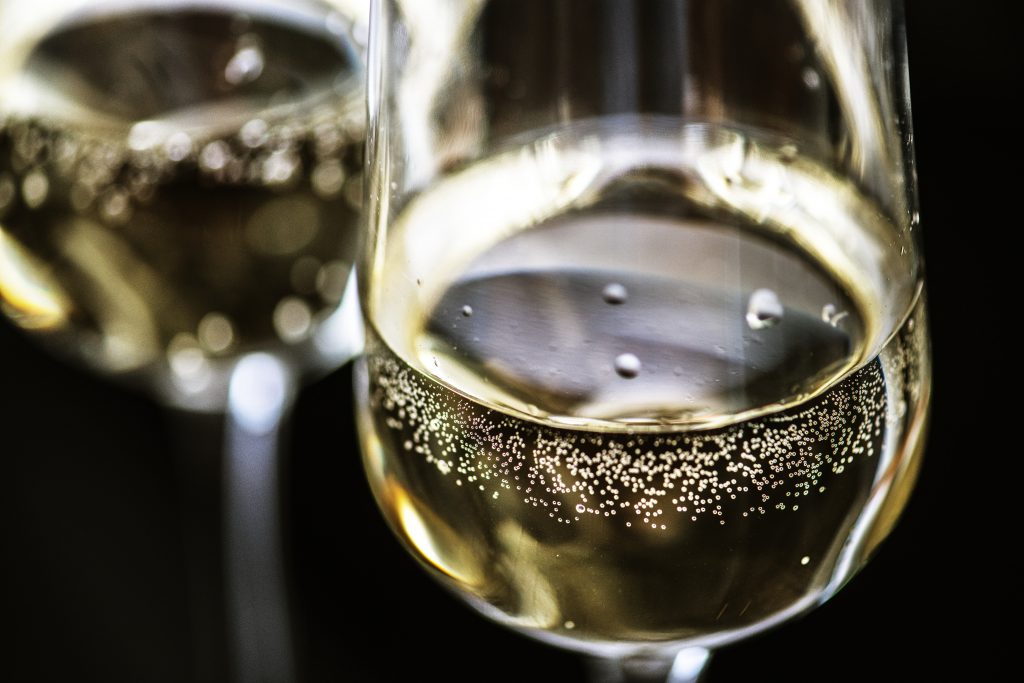
Sparkling wine production methods
Ancestral method
This method is the oldest of all, having been used since ancient times. It consists of a single alcoholic fermentation, in which a must that has not yet completed its alcoholic fermentation is bottled to do so in the bottle, where the carbon dioxide will be generated in the wine. Some variations of this technique can be found, such as the elimination of yeast remains or the use of tanks during the elaboration.
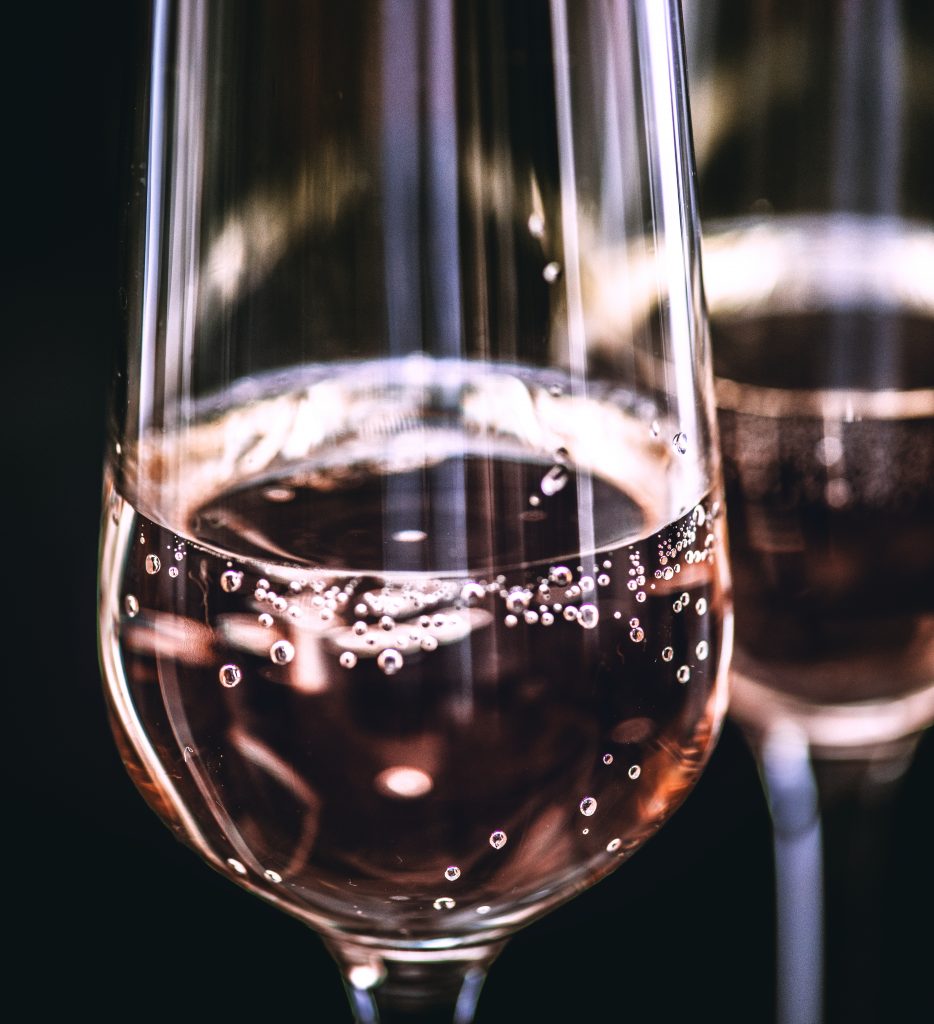
However, the three most common production methods are those that use two alcoholic fermentations, i.e. that use a finished still wine as a base from which the bubbles are generated. These are:
Traditional Method
The Traditional Method is the most complex and expensive, which is reflected in the quality and price of the wine. The technique consists of carrying out the second alcoholic fermentation in a bottle, which then remains stacked horizontally in the dark for a long time, a position known as “rima”.
The carbon dioxide generated during the second fermentation will be incorporated into the wine, which in turn obtains greater complexity due to the presence of the lees, which must exceed 9 months (sometimes it can last for years) to receive the label of sparkling wine made by the Traditional Method. Finally, the wine is clarified and the remains of the lees are removed by disgorging, and expedition liqueur is used to replenish any losses of liquid.
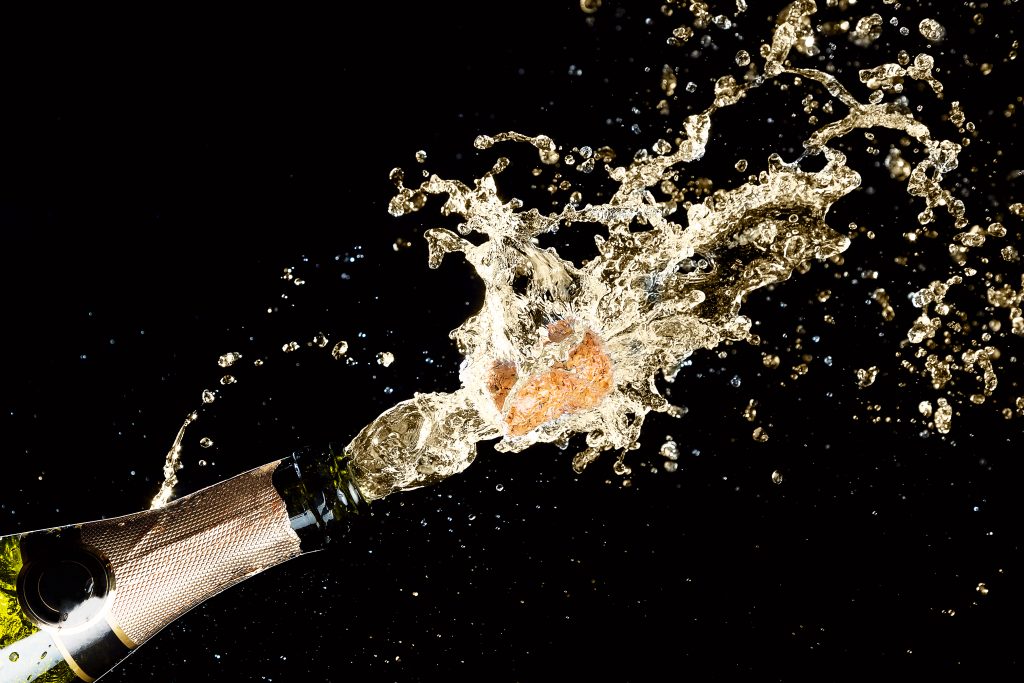
This expedition liqueur helps to give the wine the desired level of sweetness, and will give it the corresponding category according to the residual sugar: Extra Brut (0.6 g/l of residual sugar), Brut (0.12 g/l), Brut nature (0.3 g/l), Extra dry (12.17 g/l), Demi-dry (17.32 g/l), Dry (17.32 g/l) or Doux (50+ g/l).
Once finished, the wine may undergo an ageing process. The wine will be marketed in the same bottle used for both fermentation and ageing.
The origin of the wine will allow it to be classified, in turn, into Traditionnelle, Champenoise or Classique, among others. The most popular wines produced using this method are Champagne and Crémant in France, Cava and sparkling wines in Spain, Franciacorta and Trento in Italy, among others.

Transfer Method
The difference between this method and the Traditional Method lies in the moment when the lees are removed. Here the bottles are emptied after the second fermentation, which is shorter than in the Traditional Method, in a pressurised tank at a low temperature.
The clarification is carried out in this tank, instead of from bottle to bottle. Once clarified, the expedition liqueur is added and the wine is bottled again, using pressurised processes to maintain the carbon dioxide composition. In this way, the wine is marketed in a different bottle than the one used for the second fermentation.
This system is less and less used, as the production costs are not very different from those of the Traditional Method, and it does not allow the same levels of quality to be achieved.

Charmat method
This is an industrial and low-cost method, so it is used for large productions of low-priced wines. The best known sparkling wines produced using this method are Sekt in Germany and Austria or Prosecco and Lambrusco in Italy.
The difference with the previous methods is that the second alcoholic fermentation takes place in a closed tank, rather than in a bottle. On the other hand, the liqueur de tirage is added in this same pressurised and temperature-controlled tank, after a short period of contact with its lees, which are clarified by cooling after fermentation. Bottling is carried out using pressurised processes.



